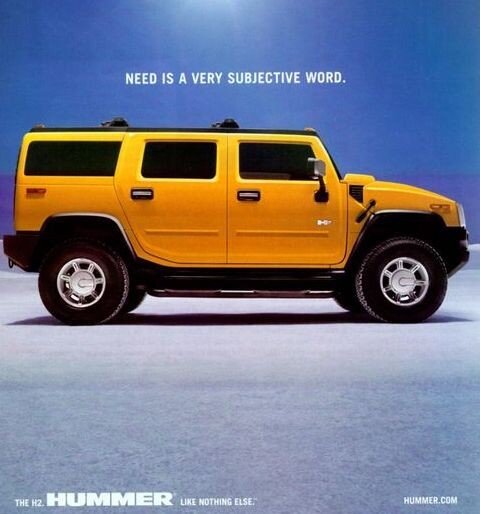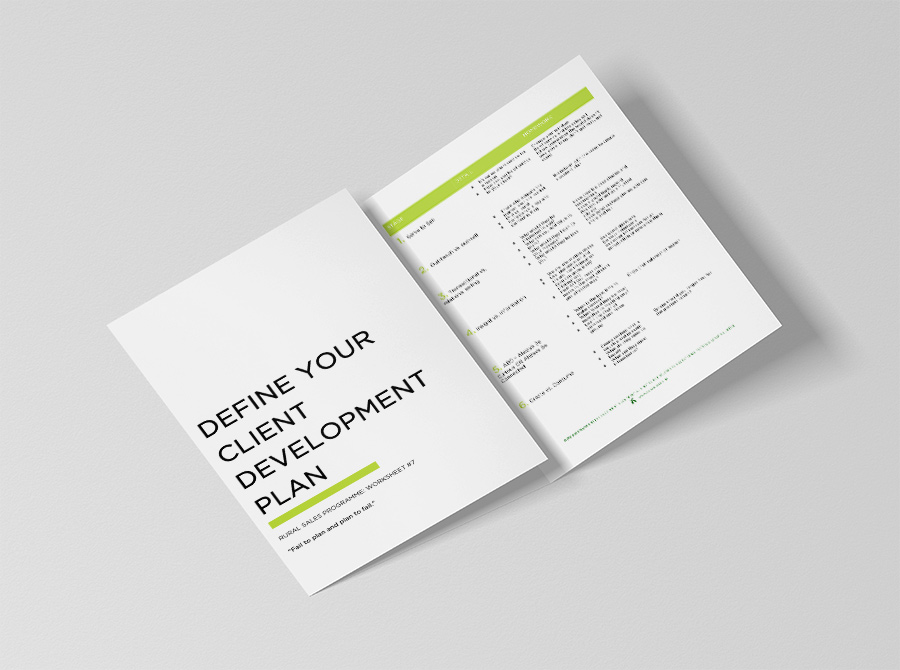Isn’t It Time We Stopped Commoditising The Crap Out Of Everything?
Discounting destroys value and has always been a clear signal you’ve run out of ideas. So you end up pulling the crude cord called discounting.
Discounting is rife in Ag because it sometimes seems like it’s the only strategy we have left to compete which is always a race to the bottom.
We haven’t been very smart.
Discounting is disastrous for profits because the profit you didn’t make on that sale has to be replaced by the profit on the next sale. Worse, you condition your customers into lower prices and devalue your market positioning in the process. It also robs your business of the capital it needs to invest and grow in itself.
What we should call the “downward spiral of discounting”.
What we also forget is that a customer who chose you on price will leave you for price. It’s our own fault because we sent them the signal.
So instead of discounting, do this instead: build a brand.
Brands are built to command premiums through perceived value.
Very few people can build a brand but many can do deals and discount.
“ANY FOOL CAN DO A DEAL BUT IT TAKES GENIUS, FAITH AND PERSEVERANCE TO BUILD A BRAND.”
DAVID OGILVY
Ogilvy was one of the original Mad Men, originally selling AGA Ovens in Scotland. He got so good at selling them that they asked him to write a sales manual which included this gem: “The perfect AGA salesman combines the tenacity of the bulldog with the manners of a spaniel.”
Ogilvy and others recognised the importance of brands. There are very good evolutionary reasons why we pay more for things as they send signals to others about our status and significance. Something Geoffrey Miller goes into in much more depth in his brilliant book Spent using this great example of why people buy uneconomical gas-guzzling, horrible to park, only 4 seat Hummer example:

“BUT WE HAVE TO BE COST COMPETITIVE”
I hear this a lot in rural and it’s a reality in rural business because most of us have conditioned our customers to pay less rather than more, murdering margins as we do so.
However when you do this, you are letting your competitors dictate your pricing. Instead, you should be dictating your pricing based on the unique value you can provide or creating a new category that you own completely.
When you do this you stand a better chance of capturing the value you’ve helped create, value that your competitors can’t.
This is why defining a value proposition, or better still a value equation, is vital because it’s never about one thing. It’s lots of things.
- What are the areas where you could design a product or service that adds the most value?
- What do your customers need that they’re not currently getting?
- What could you give them that no one else does?
- Who could you serve laser-like so they know you know them better than they know themselves?
For a bit of inspiration, let’s look at a cut-throat, commoditised and competitive industry: airlines.
Southwest Airlines have made a profit every year in their 32 years inc 9/11. They did it because they know their model and customer – no frills and managed expectations.
Our own Air New Zealand makes us do more things for ourself (check in, change seats, change fares). Because of this and other innovations in the way they have built their brand and the customer experience, it can command higher fares that we’re happy to pay more for making it the second most profitable airline despite being only the 31st biggest.
Airlines have mastered the art of dynamic pricing based on customer need and understanding the value drivers of different customers.
Want to fly last minute? Pay more. Want to fly direct? Pay more. Want to change your ticket. Pay more? Want to book early? Pay less. Want to fly less direct and incur inconvenience at a time that suits us not you? Pay less.
But they’re selling bums on seats which is as much of a commodity as you can get? Yes they are.
They are also masters at sending pricing signals based on customer need and value.
They have fixed capacity yet they do all they can to sell their seats at a greater profit even if means taking off without all seats being sold (5-10% of seats sold make the profit yield for the plane, not selling all the seats).
You can bet the person seating next to you paid a different fare.
If they were flying for business their price sensitivity would be lower because it wasn’t their own money (so less loss aversion). If they were flying for leisure the would be more picky based on time, perhaps flying indirect or happy to endure longer layovers. Each price is different based on different needs. What that customer values is what they’ll value.
Another example: water.
Water is everywhere and you get get it for free from a tap yet bottled water sales are a $1.2billion dollar industry.
You can buy 2litres of water for $2.99 at New World or 1 litre of New Zealand volcanic filtered water from Claridges in London for $50 (maybe this is why Evian is “naive” spelt backwards?), 16x more expensive than you can buy from the supermarket and 50x more expensive than you can get from the tap.
If you were thirsty in the desert the price could be even more. Context and convenience can be key.
So here’s my challenge to you: if they can brand water, you can brand your product or service.
It’s your choice: continue with commodity plays or dig deep and build yourself a brand.
“DO WHAT IS EASY AND LIFE IS HARD. DO WHAT IS HARD AND LIFE BECOMES EASY.”
Back to you.





